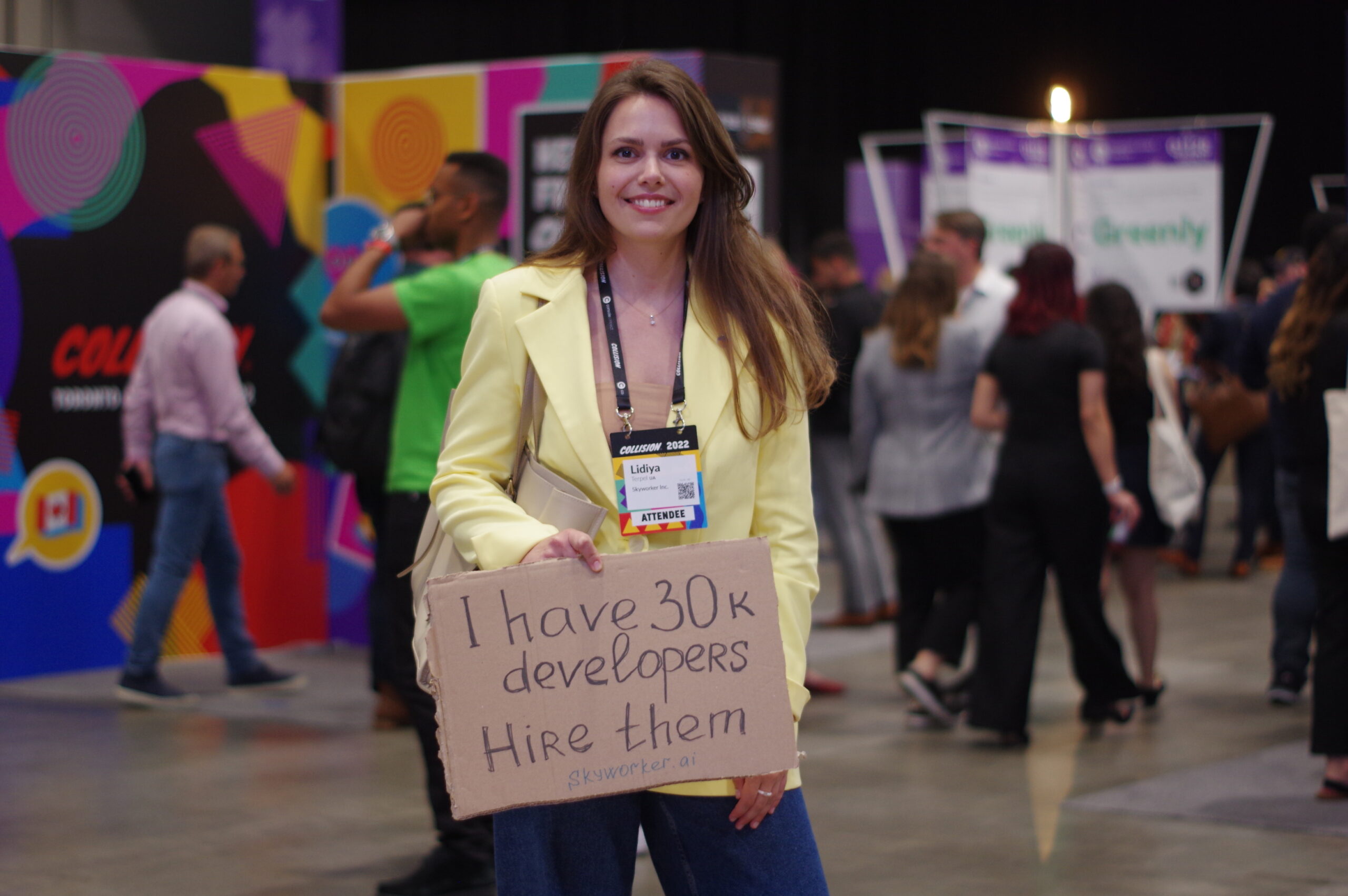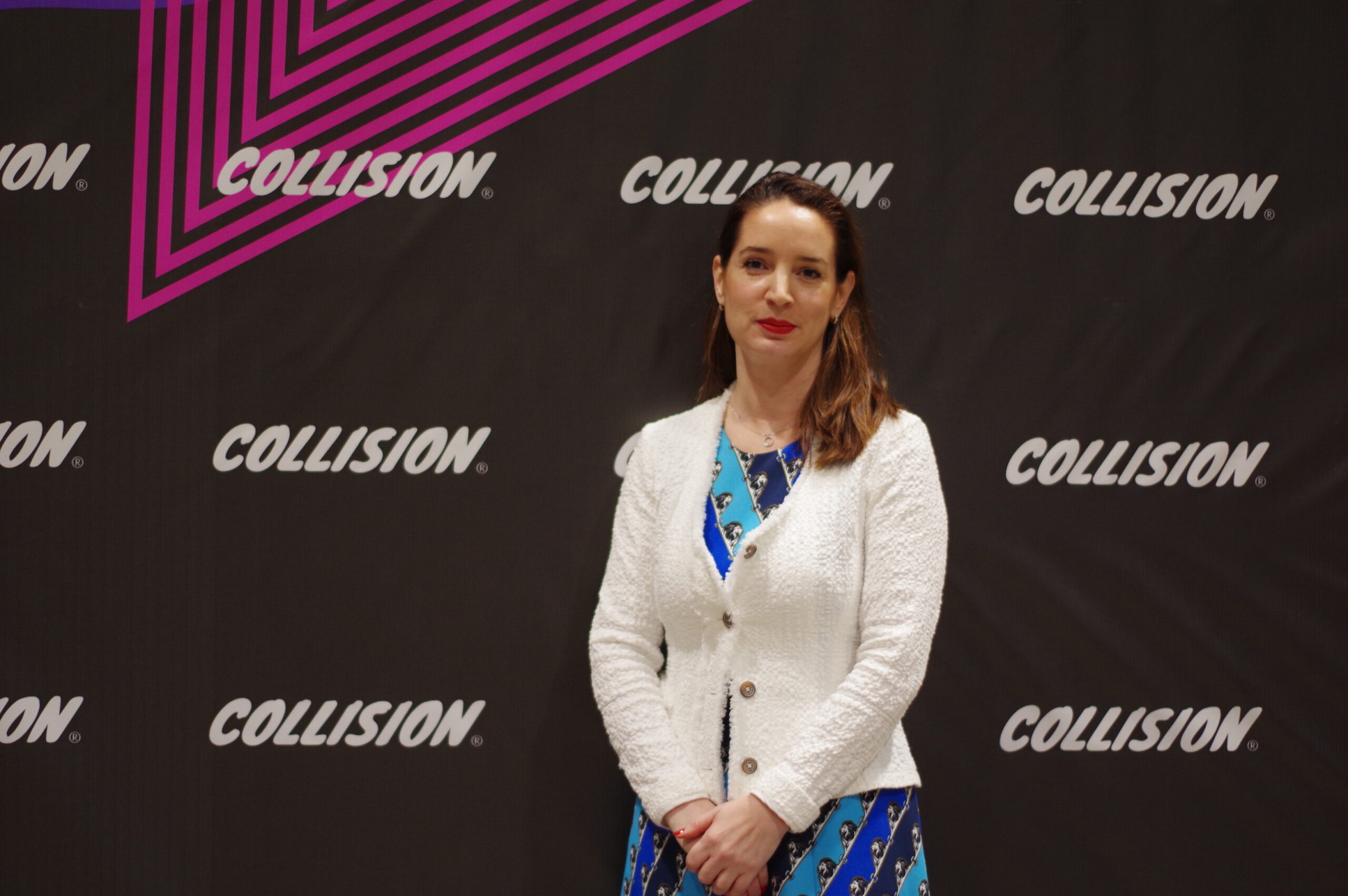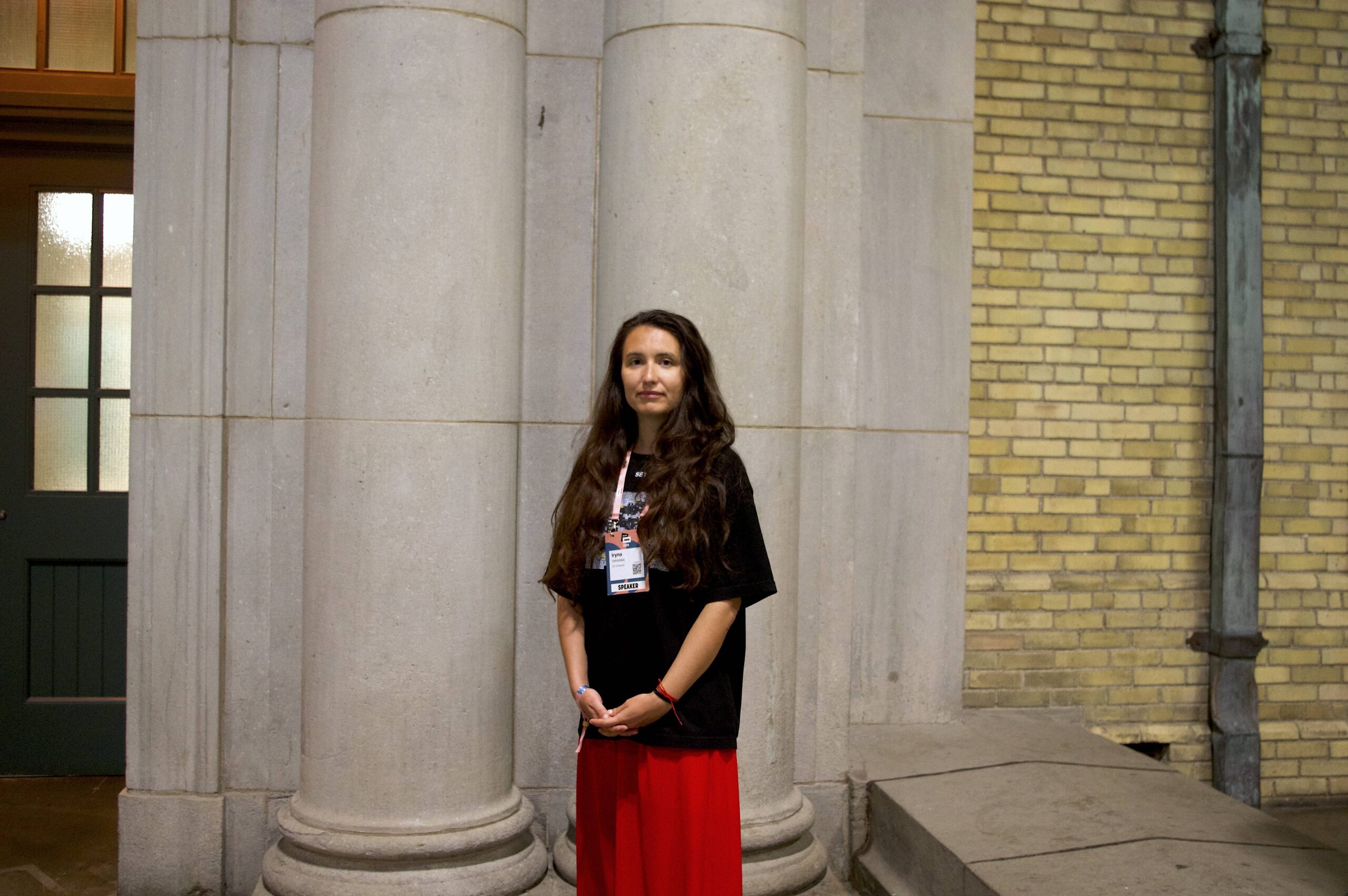

To replicate the historical successes of Silicon Valley and the conditions that led to them is something of an impossibility. Yet cities throughout the world, however, are looking to try, from Tel Aviv to London, to the fertile grounds of China. But it will take human and financial resources, educational institutions, a developed—but perhaps not-so-thoroughly developed–landscape, and a whole new stratum of technological research and development, ones that reach yet-to-be-imagined frontiers of innovation and the talent pool necessary to help discover them. If one wishes to see parallels of Silicon Valley and its world domination of gig economies something akin to the Greek Empire, then the next hub will be akin to the Roman Empire—with greater reach and spoils.
The city of Toronto has undergone significant change to its landscape, that at times its citizens—and often its infrastructure—are overwhelmed by its relentless, transformative surge. Its development, primarily in terms of urban density, has mostly come in the form of high-rise condo construction; thickets of steel and glass have forever transformed its skyline from humble town to the international city it is today. The city’s overall change of pace, the daily hustle, the noise of rushing cars and relentless honks have now bled to surrounding areas that were once the city’s more tranquil neighbourhoods. All of this has primarily come in the last two decades, and now the next two will see its blossoming as an international tech hub. It is the capital of Ontario, but soon, it will be the de facto tech capital of a long corridor between Ottawa (where Shopify was founded) and Waterloo (the home of the Perimeter Institute for Theoretical Physics).
According to a 2020 CBRE research report on ‘Scoring Tech Talent’, Toronto has raised its profile as a center for fostering, acquiring and retaining tech talent, in addition to holding qualities that make it appealing to employers. The research study—using 13 metrics to determine a cost-to-benefit ratio for an overall score (albeit in large part relating to the cost of office space)—included 50 markets across North America. According to the report, the San Francisco Bay Area, Washington and Seattle round up the top three most desirable incubators of tech talent holding the highest overall scores; with Washington having displaced Toronto from its former top three ranking.
Despite slipping in its overall rank, Toronto sits in 4th, ahead of New York, Los Angeles and Boston–the home of Harvard and MIT. Many cities have experienced a “brain gain” as some cities produce more graduates than there are jobs. According to the study, Toronto was among the cities that has gained in that metric with more tech talent produced than drained. This stat is significant and perhaps telling. Considering the number of educational institutions that produce tech graduates in the immediate and extended regions of Toronto, there’s a strong likelihood that said talent would go elsewhere, unless there were many local opportunities and/or more luring factors like the city itself that make working in the U.S. at U.S. rates (or elsewhere) unappealing. According to the report, ‘San Francisco Bay Area and Toronto stand out as strong tech talent job creators, adding 52,000 and 43,000 more tech talent jobs than graduates, respectively.’ Also, the Canadian dollar is currently very attractive to U.S. based companies looking for both talent and office space that can better overall costs in the U.S. [Historically, Canada has experienced what has be termed the “Brain Drain”; graduates, particularly those holding medical degrees, have left for the U.S., often causing a national shortage in the field.]
‘The 5.4 million tech talent workers in the U.S. and 900,000 in Canada account for 3.7% and 5.6% of total workers in each country, respectively. This relatively small labor force has an outsized impact on real estate markets and the economy. The number of U.S. tech talent workers has increased by 17% in the past five years, adding 777,000 jobs at a pace more than twice the national average. They are fueling innovation and adopting technology within nontraditional tech sectors to increase productivity and strengthen the national economy.’ — [CBRE, ‘Scoring Tech Talent’ Report]
Educational institutions and a favourable immigration system have already fuelled the next phase of technological innovation in Ontario. Speed of execution as much as innate genius are requirements in fostering the likelihood for success in actual technological innovation (not modular reiteration) to occur. That is to say, speed in bringing human resources to come into contact with one another, to be in the same proximity, are necessary to increase probabilities for world-changing technologies to come into being.
Without Steve Wozniak, Steve Jobs alone does not found Apple; like-minded friendships and collaborations are imperative if not indispensable. Despite the current trend of Zoom meetings and working-from-home practices, there’s the ineffable fellowships that are made by way of in-person relations and meetups. The social connections one makes and the proximity in which one has daily influences to captivate their imagination and those of others, and more importantly to inspire, are what make for lasting, successful companies. Jobs brought a philosophical ethos, and a human touch to an area of technology that was still structured and perceived to the common person as mere circuits on a board.
Silicon Valley is a mindset, a community of startups, a culture, and a net of billion dollar companies with a matrix of venture capital firms. As the financial capital of Canada, Toronto is firmly placed to achieve the latter. A Silicon Valley North would also stem from an array of communities comprised of those who find commonality in speaking the same idiomatic, technical vernacular. Outside academic institutions, these cultures and social circles of like-minded techies will have to create themselves via startups, serendipitous meetups/collaborations; or they will emerge from a backdrop that already exists, whose foundations are deeply ingrained in the exchange of ideas.
In this regard, Toronto has the necessary seedlings to blossom in the same manner as Silicon Valley as it currently houses a large concentration of tech talent (according to the report a concentration of 8.8%); is attractive enough to entice new talent from without; produces its own talent pools; and, more importantly—considered the birthplace of artificial intelligence—it is the meeting place for AI professionals and academics.
The new technological phase of machine learning, quantum computing and artificial intelligence, which experts deem will foster groundbreaking innovation, makes Toronto rich soil. The Valley was and is unprecedented, and to borrow that tired cliché—it was ahead of its time. Like nothing else, Silicon Valley brought to market never-before-seen gadgetry and computational wares both soft and hard. Quantum computing, AI, machine learning and IoT have yet to fully unfurl, industries potentially worth trillions.
ARTIFICIAL INTELLIGENCE
Toronto is known to have one of the highest concentrations of AI start-ups, with major players already investing in the area (e.g. Nvidia, Microsoft, Amazon, OpenText, Uber and others). It also has the Vector Institute for Artificial Intelligence, a not-for-profit corporation, backed by government funding and industry leaders, to enhance research in AI, machine and deep learning technologies. In addition, Toronto has MaRS Discovery District, Durham College AI/HUB, and VentureLab which supports as a largescale advisory group to startups.
It will be as much a public sector challenge to keep Toronto alluring as it will be one for the private sector in whether the city’s success continues to attract and retain talent. Politicians will have to balance and consider the needs of households from various incomes, the steady increase in real estate values, infrastructure failings, traffic, increased homelessness, and to learn from the mistakes of other municipalities that have seen an influx of workers with highly in-demand skillsets. The meet the challenges that will prevent the city from becoming inaccessible to diverse income groups, of housing shortages, and to keep it livable yet dynamic, while the private sector holds to secure the talent it nourishes, will determine whether Toronto’s current advantages endure in the longterm.

Silicon Valley has become synonymous with technology and innovation: Stanford University; Federal Telegraph Co.; Shockley Semiconductor; Fairchild Semiconductor; Magnavox; Hewlett-Packard; IBM and many, many more companies formed the early days of the Valley, decades before receiving its world renowned monicker and status as a center for innovation. Soon after, Apple Inc. would take off. Decades worth of feeding this tech culture helped seed the foundations for the future innovators at Facebook, Google, Amazon, Netflix, and again, Apple.
Shopify, founded 14 years ago in Ottawa, is planting roots in Toronto and is poised to be a constant on the tech scene. Waterloo-based BlackBerry, a shell of its former hardware-selling self, is still poised to lead in security software after its Cylance acquisition and likely to contribute to the IoT space through its QNX platform. According to the same CBRE report, the ‘Next 25 Markets’ in North America ranks Waterloo Region, ON as the Number 1 tech pool market. Xanadu Quantum Technologies and ProteinQure are also located in Toronto.
Ottawa was one of the biggest gainers on the CBRE list moving up several spots, while also holding one of the highest concentrations of tech talent, alongside San Francisco, with the highest percentage of tech workers in total employment at 11.3%.
Toronto’s greatest strength might be that it is one of the cheapest cities in which to operate, with an overal score lower than even Ottawa’s for salaries and specifically with ‘estimated one-year costs’ at just over 31 million (this includes averages for Rent Costs, Tech Talent Wages, Support Non-Tech Wages, and Management Wages).

However, despite a surge in tech talent in all three regions, biotech, like CRISPR, has yet to take substantial root in Toronto like it has in other cities. It seems this is fallow ground that could stand to see a future injection of government funding and enthusiasm in research and development. There’s MaRS, but currently, it seems CRISPR is being studied and utilized more for the agricultural sector than in healthcare. Toronto, the home that helped Frederick Banting produce insulin, has all the necessary tools from birthing ideas in academia to executing them in the real world through incubators and venture capital funding. The one glaring statistic in the report was that only 2.9% of all tech talent are in the healthcare industry. Here’s hoping that changes for all markets soon. To see the full report visit here.
















